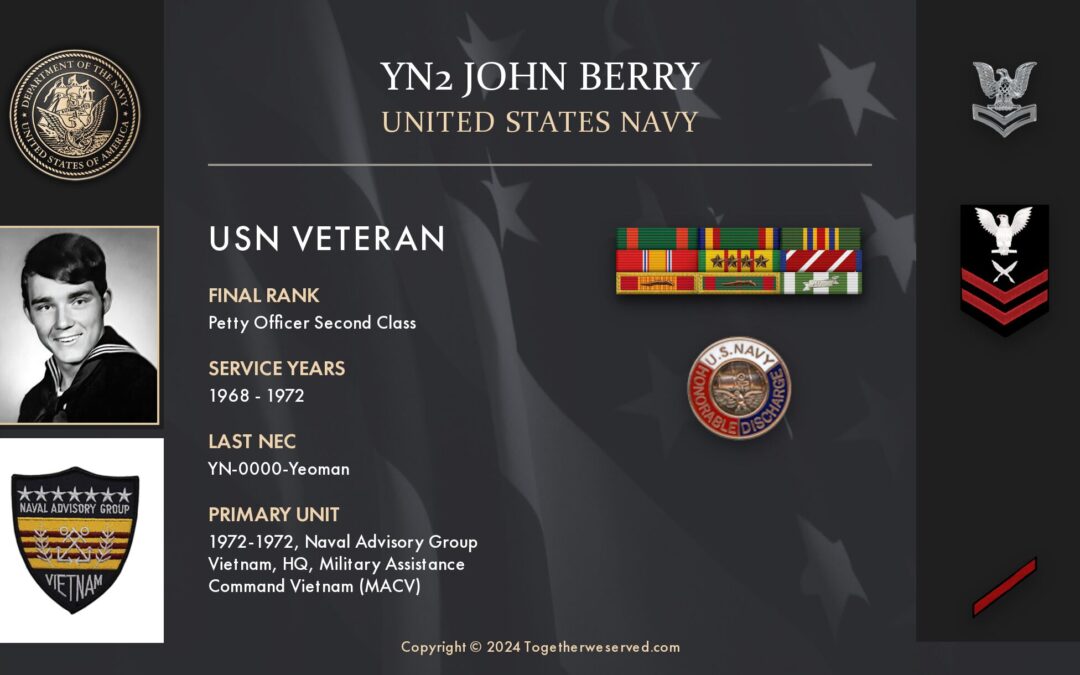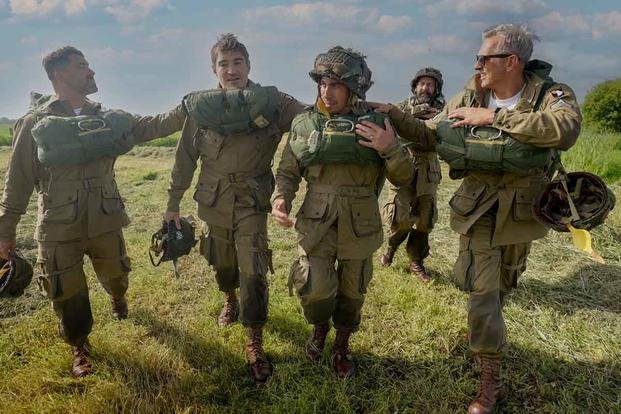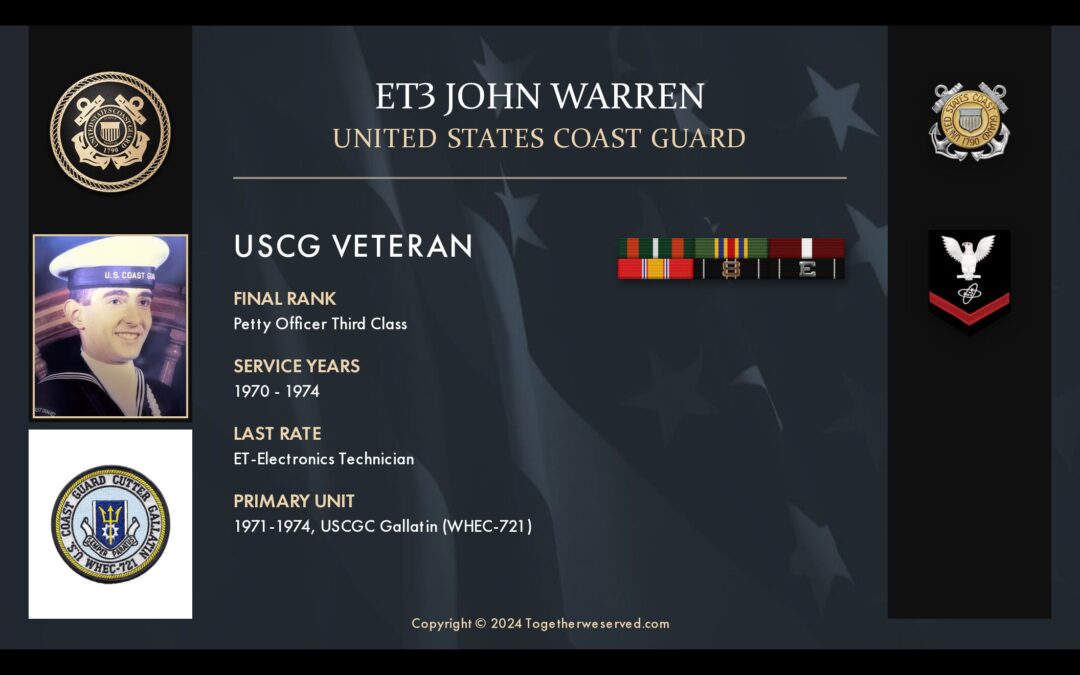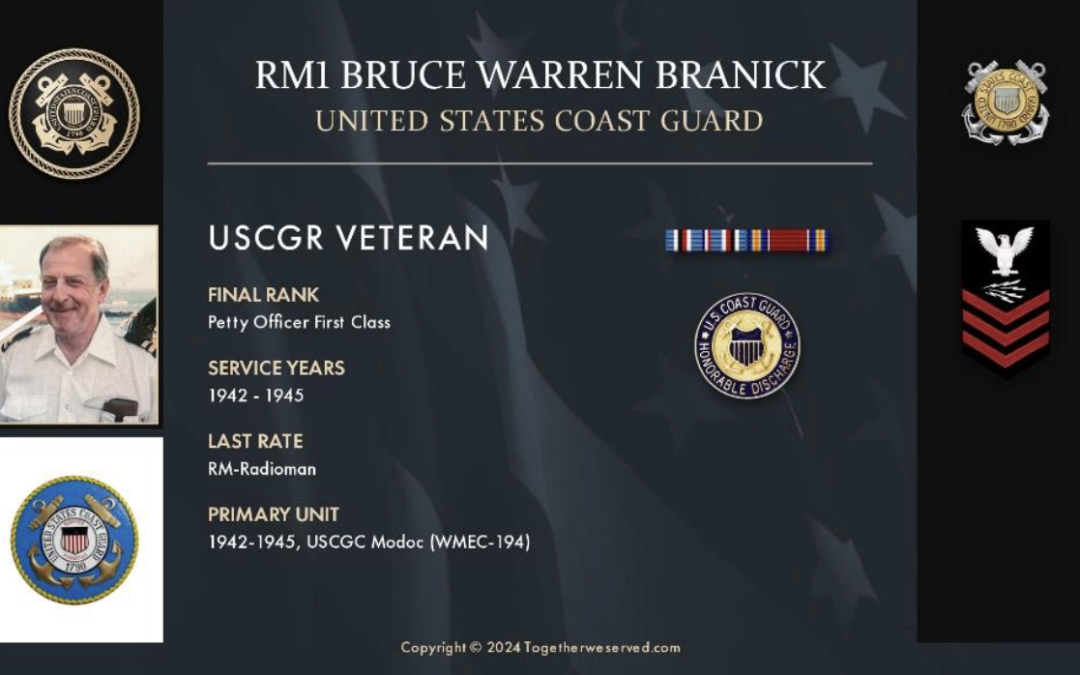During World War II, Sweden was sandwiched between Finland and its ongoing war with the Soviet Union and Norway, which fell to the Nazis in the earliest days of the war in Europe. Somehow, throughout the war, it managed to maintain its neutrality – but that doesn’t mean the country or its diplomats did nothing during that time. The Lifeline in the Final Days of WWII A Swedish noble, Count Folke Bernadotte, was among the most active. He managed to negotiate a prisoner exchange, getting 11,000 POWs home through Sweden between 1942 and 1943. He also attempted to negotiate a peace deal between the Western Allies and Nazi Germany in 1945. His most lasting contribution, however, came toward the end of the war. The White Buses, as the operation has come to be called, saw 300 volunteer Swedes move an estimated 15,345 prisoners from German concentration camps to hospitals in Sweden. Jack DuArte is a former Air Force officer who received the Bronze Star during his service in the...











